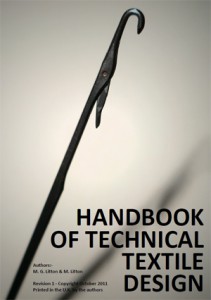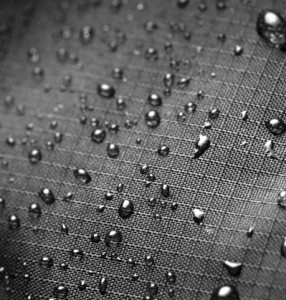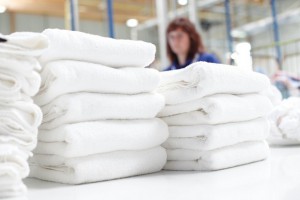These days, you will hear the term “print media is dead” by so many experts in the advertising and marketing fields. While it’s true that a lot of traditional communication materials are going digital, print media is far from done. Just take a look at the magazine section in your supermarket, or how many books are sold on Amazon every day. Print media is still very much alive; you just have to know how to utilize it, and get the most bang for you buck.
Definition:
If an advertisement is printed on paper, be it newspapers, magazines, newsletters, booklets, flyers, direct mail, or anything else that would be considered a portable printed medium, then it usually comes under the banner of print media advertising. There are notable exceptions, when print media dovetails into mediums like guerrilla advertising, or other Out Of Home (OOH) executions.
It’s hard to say exactly how old print media advertising actually is. There are examples of printed pieces dating back to early Egyptian times. In 17 th century England, several different forms of advertisements appeared in newspapers and on handbills. But the general consensus is that print media advertising as we know it today started life in 1836, when a French newspaper called La Presse charged for advertisements and lowered the price of the newspaper. This is the birth of commercial press.
Costs of Print Media Advertising
These vary greatly depending on the publication, circulation, number of insertions, quantities (if it is direct mail, flyers, handouts and so on), and a host of other factors.
Every publication you deal with has what is known as an Advertising Rate Card. Get to know this format well, it deals with everything from costs to specs for print media.
If you have a low budget, you will find something to fit it. But you won’t be getting major exposure from a local newspaper in a town that has 1000 residents.
A mass-circulated magazine, like those found at the checkout of the grocery aisle, will charge many thousands of dollars for one insertion. That goes up if it’s a back cover, faux front cover, double page spread or center spread.
It’s also common these days to do multiple insertions in one magazine. That also bumps the price up considerably.
Costs of Direct Mail Advertising
For direct mail, you are dealing with not just large volume printing costs, but also purchasing qualified lists. If you, for instance, are advertising for a new auto-repair shop, you want to send your mailing to people who own older cars. If you’re advertising a new children’s product, you want to send it to households with children. This information will cost you.
With direct mail, you will be looking for a good ROI (Return In Investment), and have to deal with the fact that a response rate of 1-2% is typical. That means you can only expect around 3 calls for every 100 mailings. And that’s not a conversion rate either.
So, you will have to send out hundreds of thousands (or even millions) of mailings to get the kind of conversion rate you need to be successful.
Here’s an example:
Your product costs $70. You want to sell $20,000 worth of that product.
If you get really lucky, you’ll get a 2% response rate.
With good sales people,you will close the sale on 33% of those people.
$70 x 33% x 2% = 0.46
20,000 divided by 0.46 = 43,478
That means you will need around 44,000 mailings to get your $20,000. But remember, those mailings cost money, and that figure doesn’t include a profit. The overheads involved in making the product are also not accounted for. You will need to send out many more mailings to absorb the costs of printing and mailing and still make money. But as direct mail is still one of the most effective ways to reach a consumer, it can be done easily. If you make your direct mail exciting and fun to open, rather than a tacky piece of junk mail, you can achieve your business goals.
The Future of Print Media Advertising
Sadly, it is dying out in favor or digital media. The iPad is quickly becoming known as the magazine killer, but it will take a while. And that means there are bargains to be had in the print media advertising arena. Full page ads (known as insertions) that used to cost $12,000 are now going for a quarter of the price. The reason is simple. Less readers, lower rates.
The future of print media advertising in magazines, newspapers and other forms of traditional print media looks fairly bleak. But direct mail, if done right, it still a very effective way to reach a consumer and grab their attention. Overall, print media is not dead. Not yet. But you are reading this on a computer screen.
This article comes from the-balance edit released




